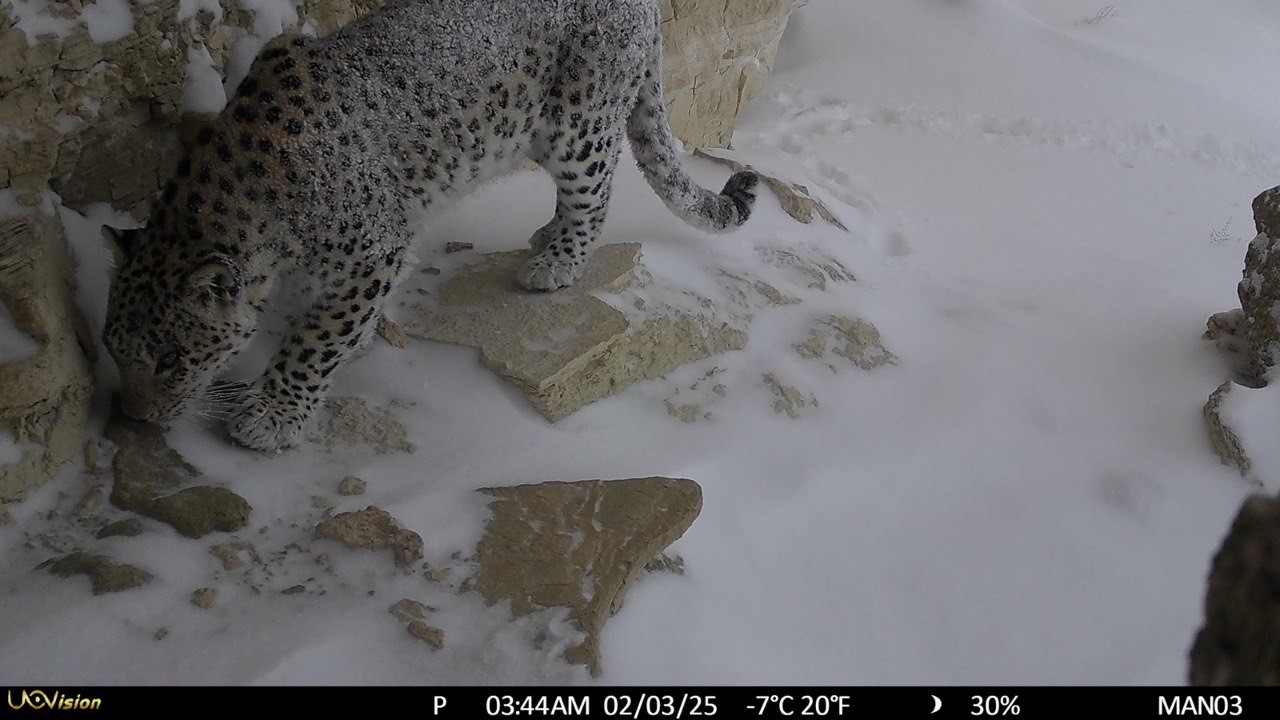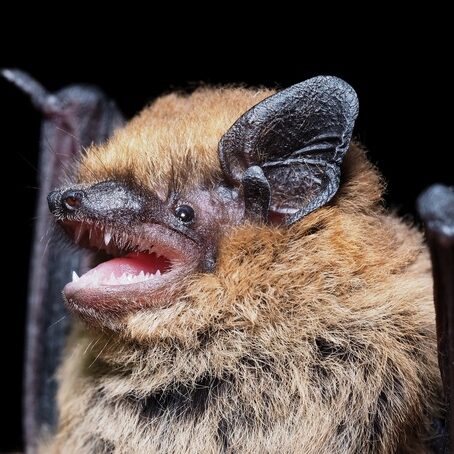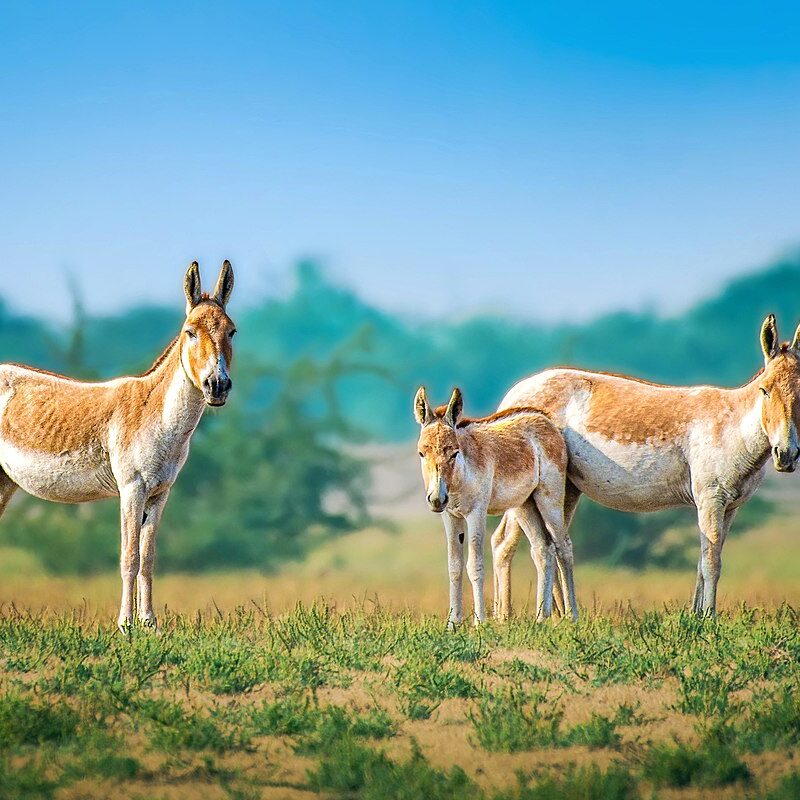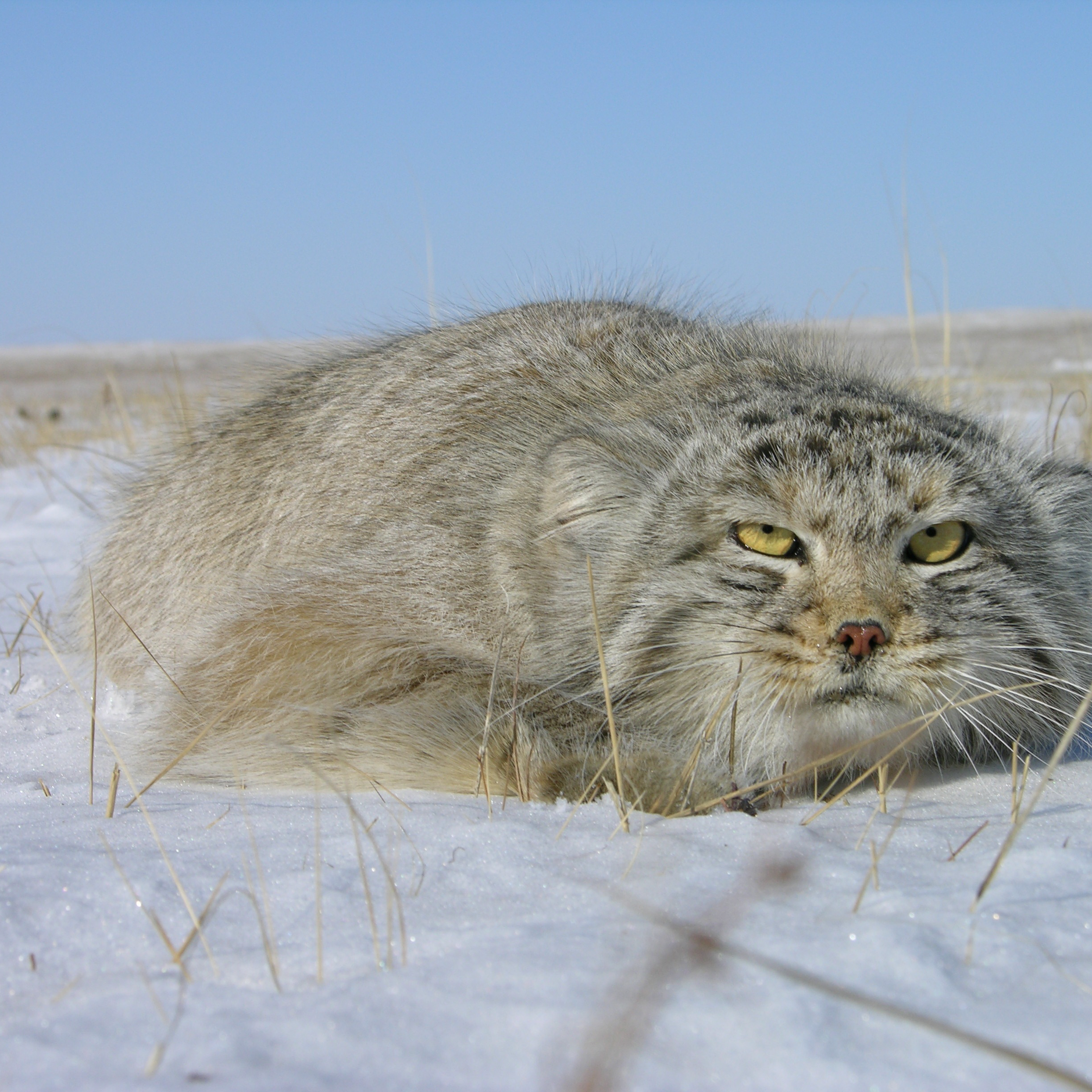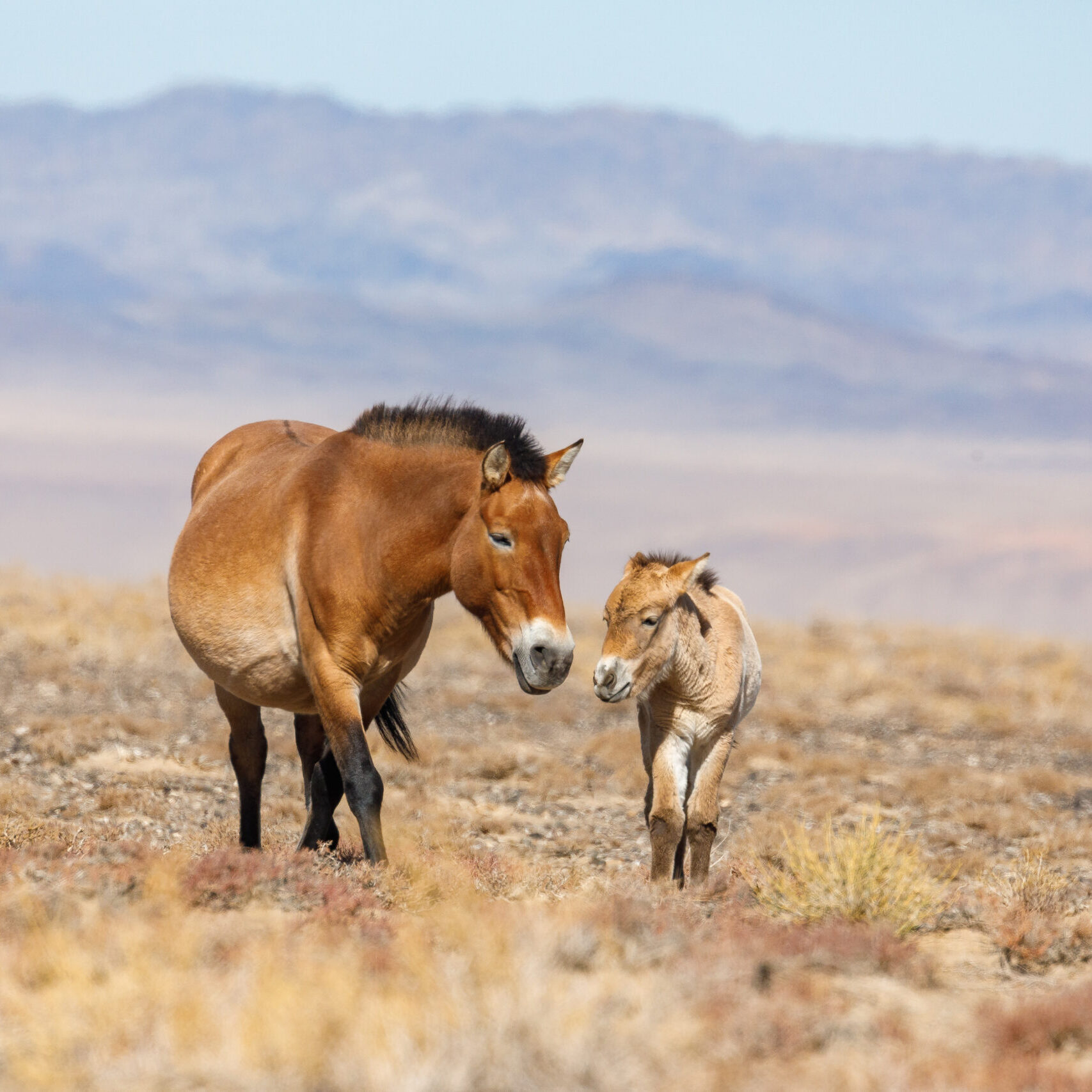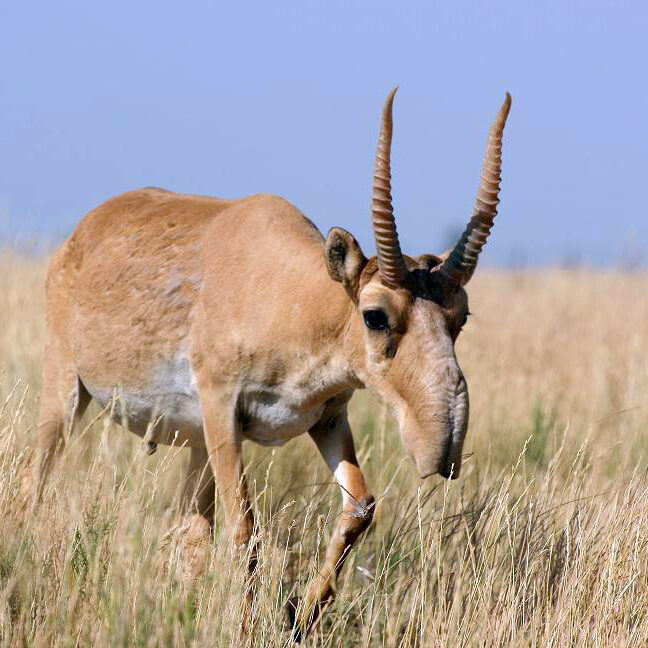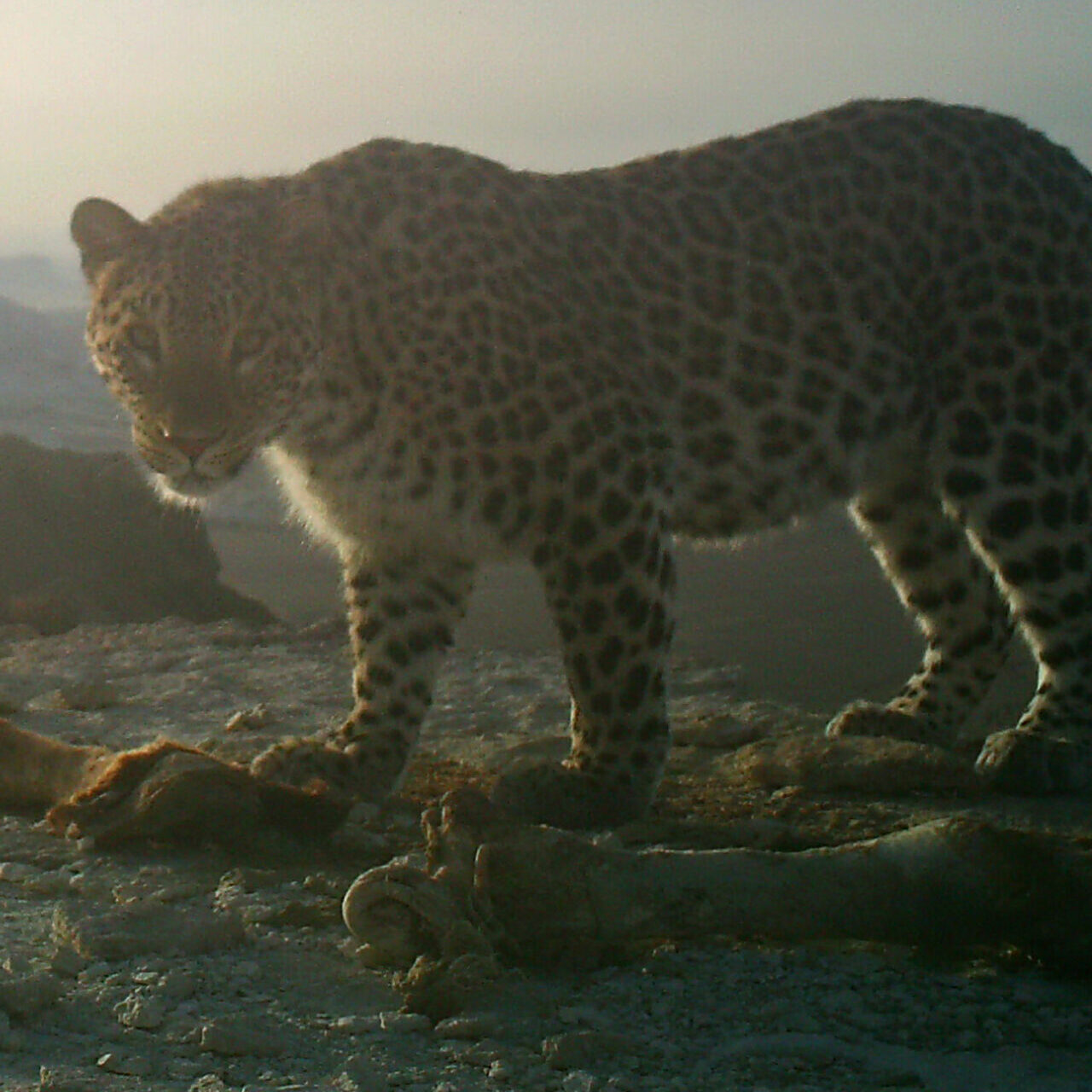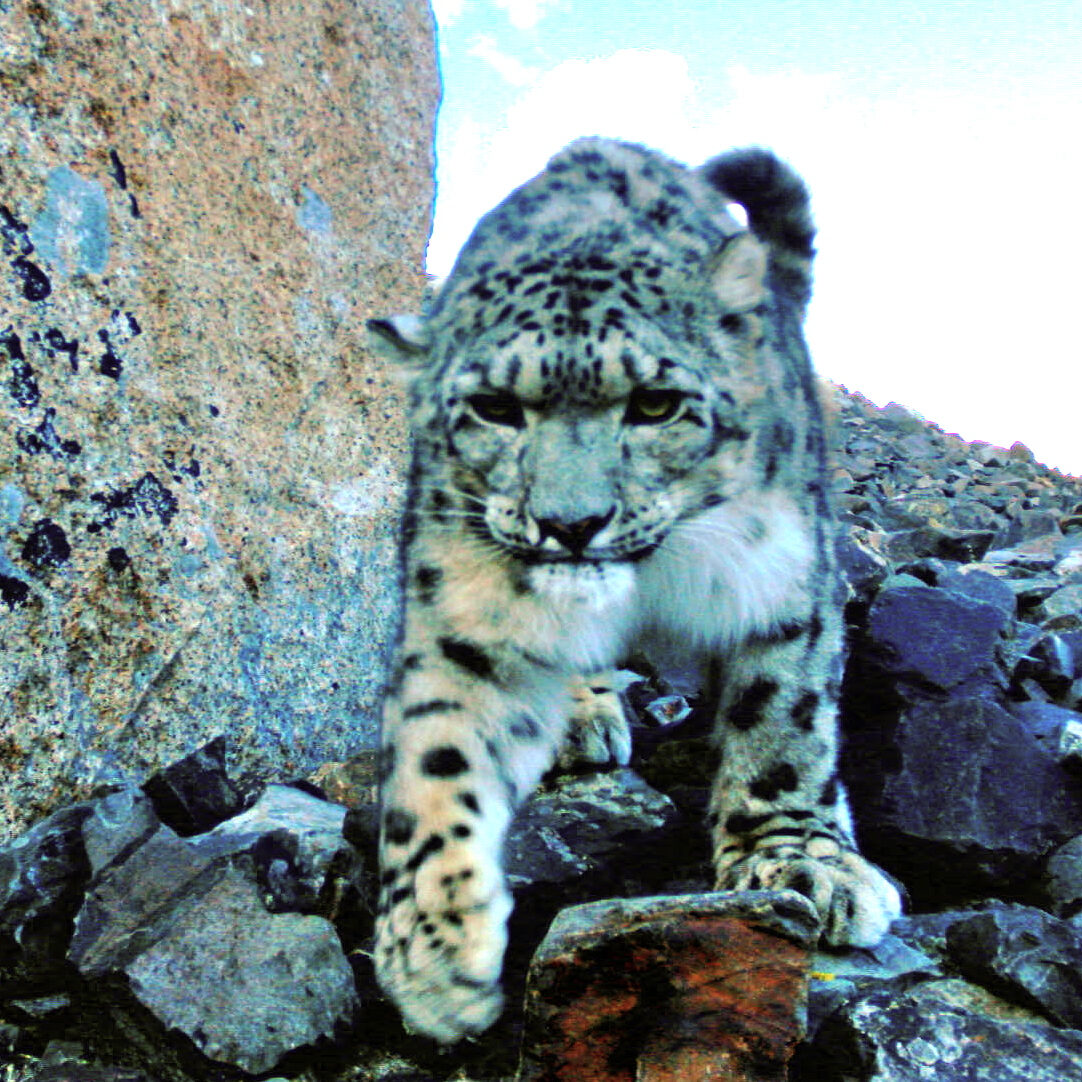Persian leopard
The Persian leopard (Panthera pardus tulliana), also known as the Anatolian or Caucasian leopard, is a subspecies of leopard native to Western and Central Asia. Historically, its range extended from modern-day Turkey and the Caucasus across Iran into parts of Central Asia. Today, this majestic big cat's distribution is drastically reduced and fragmented, with more than 70 percent of its historic range lost. The largest remaining population, estimated at 500–700 individuals, resides in Iran, while Turkmenistan hosts a distant second population of up to 100 leopards. Classified as Endangered on the IUCN Red List, fewer than 1,100 adult Persian leopards are believed to remain in the wild worldwide.
Among leopard subspecies, the Persian leopard is considered the largest. Males can weigh up to 198 pounds (90 kg), while the slenderer females weigh up to 132 pounds (60 kg). Despite their size, these leopards are agile and powerful predators, adept at navigating steep slopes and cliffs in pursuit of prey. Their pale coats feature dark spots arranged in rounded rosettes, with coloration varying slightly across their range.
Throughout much of their habitat, including regions like Kazakhstan, Persian leopards primarily feed on medium-sized ungulates such as wild goats, urial sheep, deer, and goitered gazelles.
Major threats to the Persian leopard’s survival include habitat fragmentation, poaching, loss of natural prey, and conflict with humans (for instance, when leopards prey on livestock).

